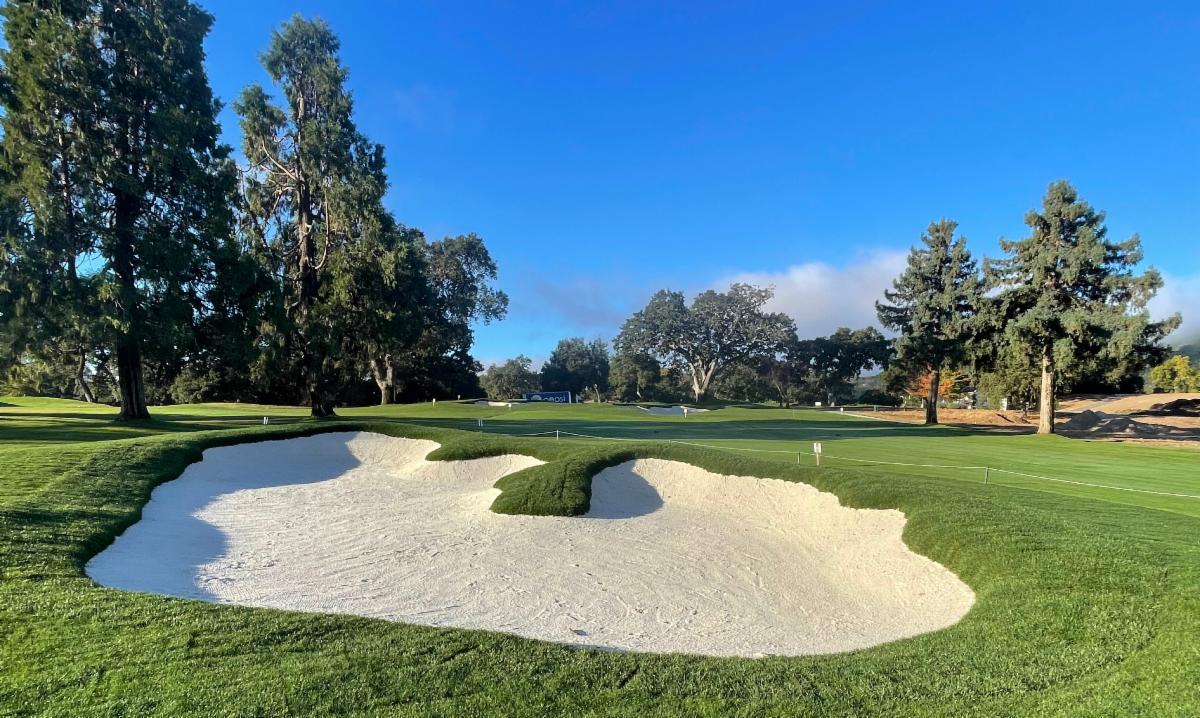EDMOND, Oklahoma— Golf course architect Tripp Davis and Associates has recently completed a comprehensive bunker project at Sonoma Golf Club in Sonoma, California.
“It is part renovation to install a sustainable structure for the bunkers, part restoration of the style of the original architect Sam Whiting, and part redesign to position bunkers to fit the modern game with more strategic interest,” stated Davis. “Sam Whiting was the original golf architect of the Olympic Club in San Francisco, where he exhibited a simple but very elegant style in his bunkers. That was his direction in style at Sonoma back in 1928 and I could not be more proud of what we have done there.

“Our team of Kyle Downs and Jason Gold has collectively worked for TDA for 30 years and what they’ve done at Sonoma is amazing.”
The bunker project at Sonoma is part of a larger Master Plan to enhance the golf course and practice facilities over time for owners Escalante Golf.
“Sonoma Golf Club has always been a hidden gem in the Sonoma Wine Country,” said head golf professional Tony Marshall. “Having spent a tenure of 19 plus years at Sonoma, I have witnessed how the golf course has changed.
“Over time, golf courses require attention to detail and some changes are needed. The changes at Sonoma have been very impactful with the recent bunker renovation executed by Tripp and his team. Tripp clearly wanted to create an historic look, while adapting to the modern game for all levels of golfers. His course enhancements will continue to challenge the competitive golfer through new shots and sight lines.
“Importantly for our members, the renovated bunkers provide easy access to walk in and out of, which is so important. Member feedback is buzzing with delight at ‘the new Sonoma’.”
Golf course builder DHR Construction was brought in to work with TDA shaper Jason Gold. TDA Senior Associate Kyle Downs said DHR Construction was outstanding to work with.
“DHR was integral to the bunker renovation going so well at Sonoma,” Downs said. “They followed Jason’s lead on the ground and were easy for us all to work with. They were as committed to doing great work as we are. The 16-week project was finished on Oct. 16.”











